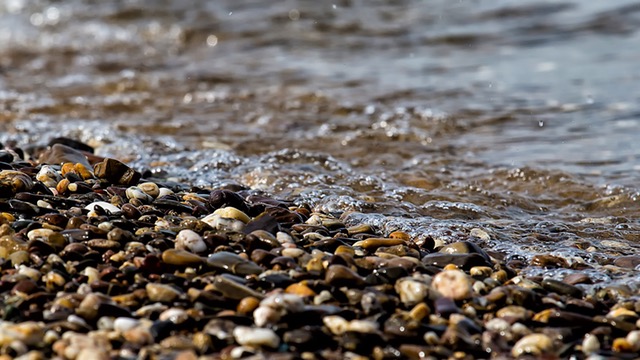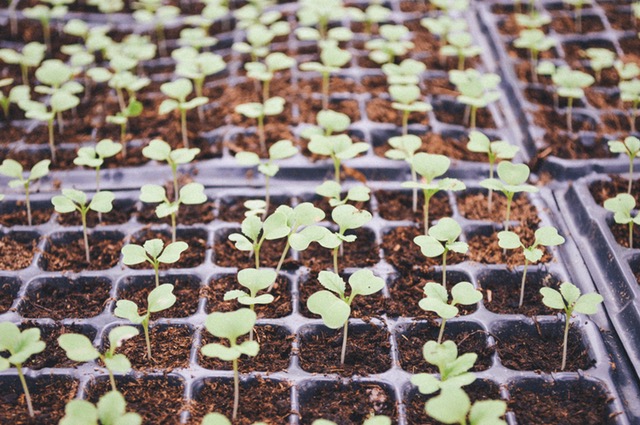If you have chosen to go for a media bed type of aquaponic system then one of the many questions a new aquaponic grower will ask is what they should put into those beds. There are various different options when it comes to choosing growing medium. The growing medium in a media bed must not decompose. It should not change the pH level of the water and must be the right size to allow water and air to move freely enough around the root zones of the plants. Below is a brief guide to introduce you to some of the most common options:
River stone is a relatively affordable option that can often be sourced locally and so will not have a large carbon cost associated with transportation. This makes it a sustainable choice. River stone can be heavy but is easy to handle. If you do choose river stone, however, it is important to make sure that no limestone is included in the mix, as this can increase the pH of the water passing through it over time. The smooth rounded type pebbles are better than rough gravel because sharp edges will not only make the medium hard to handle, they can also damage plant roots.

Expanded clay will remain pH neutral and is tactile and easy to handle. If is is possible to source expanded clay close to where you live then this could be a good, sustainable option. However, it is worth noting that this option can be more expensive and much of the hydroton on the market has been imported and has travelled a great distance, which could make it a less sustainable choice than expected in some places.
Lava rock is a lighter weight alternative to other forms of stone and it is naturally porous. It can be an affordable option, though may also have some disadvantages. It is very rough rock and can be tough to handle and tough on liners. However, many have found lava rock to be an excellent growing medium. If you do decide on lava rock, make sure you do not get one that has been dyed and make sure it has been sourced sustainably.
There are of course other options for media beds – all options have their pros and cons so it is a good idea to listen to other growers and do more research before you make your own decision on which one to use.



